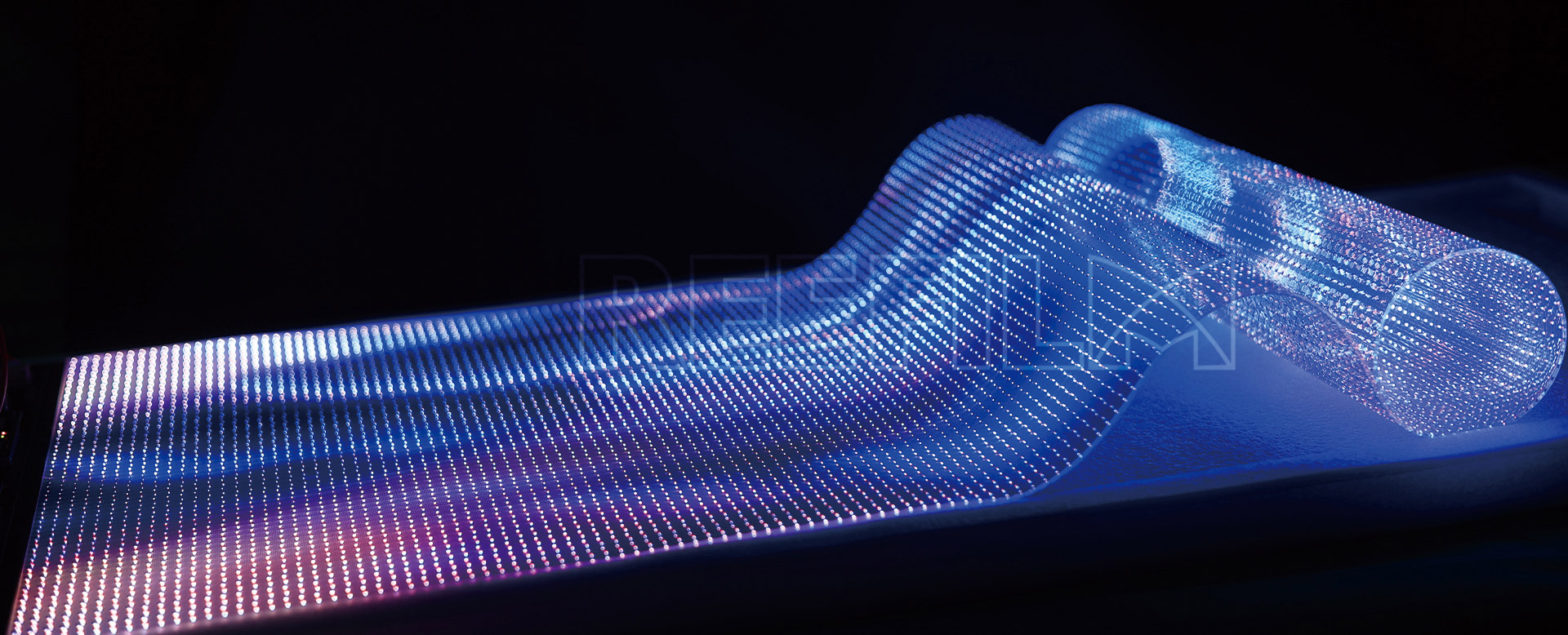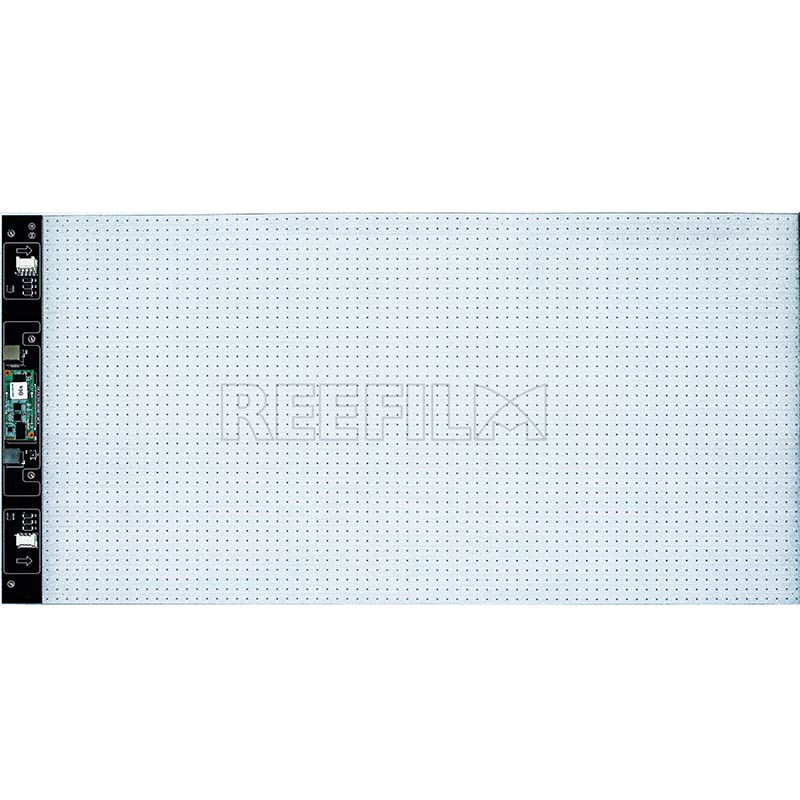
A Flexible Led Display is a type of display technology that can be bent or curved due to its flexible construction, allowing for creative and versatile applications. These displays are designed to be thin, lightweight, and made of flexible components, allowing them to be bent or curved without damaging the display's functionality. Here's why they can bend:
1. Flexible Substrate: Flexible Led Displays use a flexible substrate as the base material. The substrate is usually made of materials like polyimide or flexible printed circuit boards (PCBs) that can withstand bending without breaking or deforming. These materials provide the necessary flexibility for the display to bend without compromising its structural integrity.
2. Miniaturized Components: The LED chips used in flexible displays are miniaturized and mounted onto the flexible substrate. These smaller components are more adaptable to bending and can withstand the mechanical stress caused by curving the display.
3. Thin and Lightweight: Flexible Led Displays are designed to be thin and lightweight, which reduces the stress on the materials when they are bent. This design philosophy ensures that the display can bend without excessive strain on the components.
4. Flexible Encapsulation: The encapsulation material used to protect the LED chips is also designed to be flexible. This allows the display to bend smoothly without causing damage to the LEDs or the encapsulation layer.
5. Advanced Manufacturing Techniques: The manufacturing process of flexible Led Displays incorporates advanced techniques that enable the precise deposition of materials on the flexible substrate. This precision ensures that the components remain functional even after bending.

6. Wide Viewing Angle: The design of flexible LED displays often includes a wide viewing angle, which means that the image quality and brightness remain consistent even when the display is curved.
7. Bending Radius: The flexibility of these displays does have limitations, and manufacturers specify a minimum bending radius to avoid damaging the components. Users must follow these guidelines to ensure the display's longevity and performance.
In conclusion, flexible LED displays can bend and curve due to the use of flexible substrates, miniaturized components, lightweight materials, and advanced manufacturing techniques. This unique combination allows for creative and innovative applications of LED displays in various industries, such as curved screens, wrap-around displays, and other unconventional form factors.